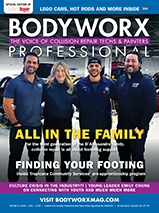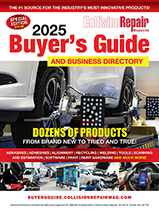Toronto, Ontario — March 31, 2015 — TomTom has announced the release of its fifth annual Traffic Index, a year-to-year barometer that measures and highlights traffic congestion in over 200 cities. The 2014 report found that global congestion levels are on the rise. It also took a deeper look at the impact of rush hour traffic on the work week, uncovering that evening rush hour nearly doubles the journey time for commuters in Canada’s busiest cities.
In Toronto, Vancouver and Montreal, the average commuter loses 84 hours a year being delayed in traffic while the average time lost to traffic across the country is almost 79 hours. The report also found that across Canada overall congestion is an average of 27 percent — a two percent increase from 2013. Congestion rates as a whole have risen in Toronto, Ottawa, Montreal, Edmonton and Quebec by a combined 11 percent from 2013 to 2014. Additional highlights of the 2014 Traffic Index note:
- While Toronto, Ottawa and Vancouver are the country’s most congested cities, Calgary is the least congested.
- The average evening rush hour congestion rate in Canada is 57 percent, up from a 27 percent national congestion mark.
- Traffic has become worse in five of the seven tracked Canadian cities, with congestion in Calgary and Vancouver staying the same.
- Average Canadians lose 79 hours during commutes, up from 77 hours in 2013.
- Thursday evening is typically the most congested commute, except in Edmonton, Quebec and Calgary where the busiest times are Wednesday and Friday evenings.
The high levels of congestion are due in part to the traditional work week, giving people no choice but to all be on the road network at the exact same time. By adopting more flexible schedules, individuals save travel time and rush hour congestion can be reduced overall. “TomTom’s mission is to reduce traffic congestion for everyone,” says Jocelyn Vigreux, President of TomTom, Inc. “Road authorities and local governments can use TomTom’s traffic data to better manage traffic flow during the rush hour. We can help businesses plan smarter working hours to help their employees avoid travelling during rush hour. And we give drivers the real-time traffic information and smart routing they need to avoid congested roads and get there faster.” For more information, please visit tomtom.com.



















